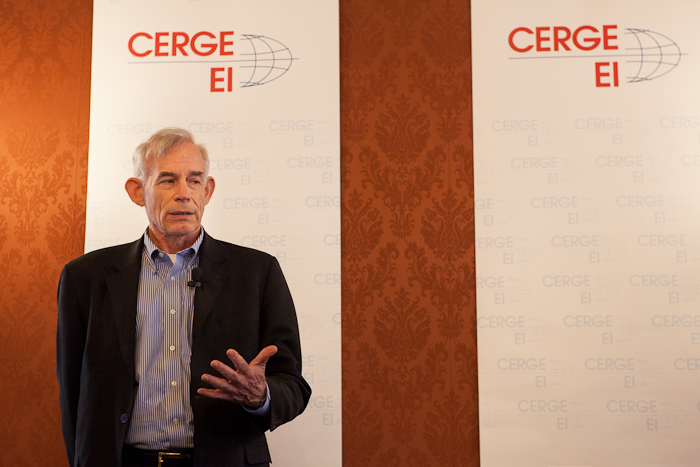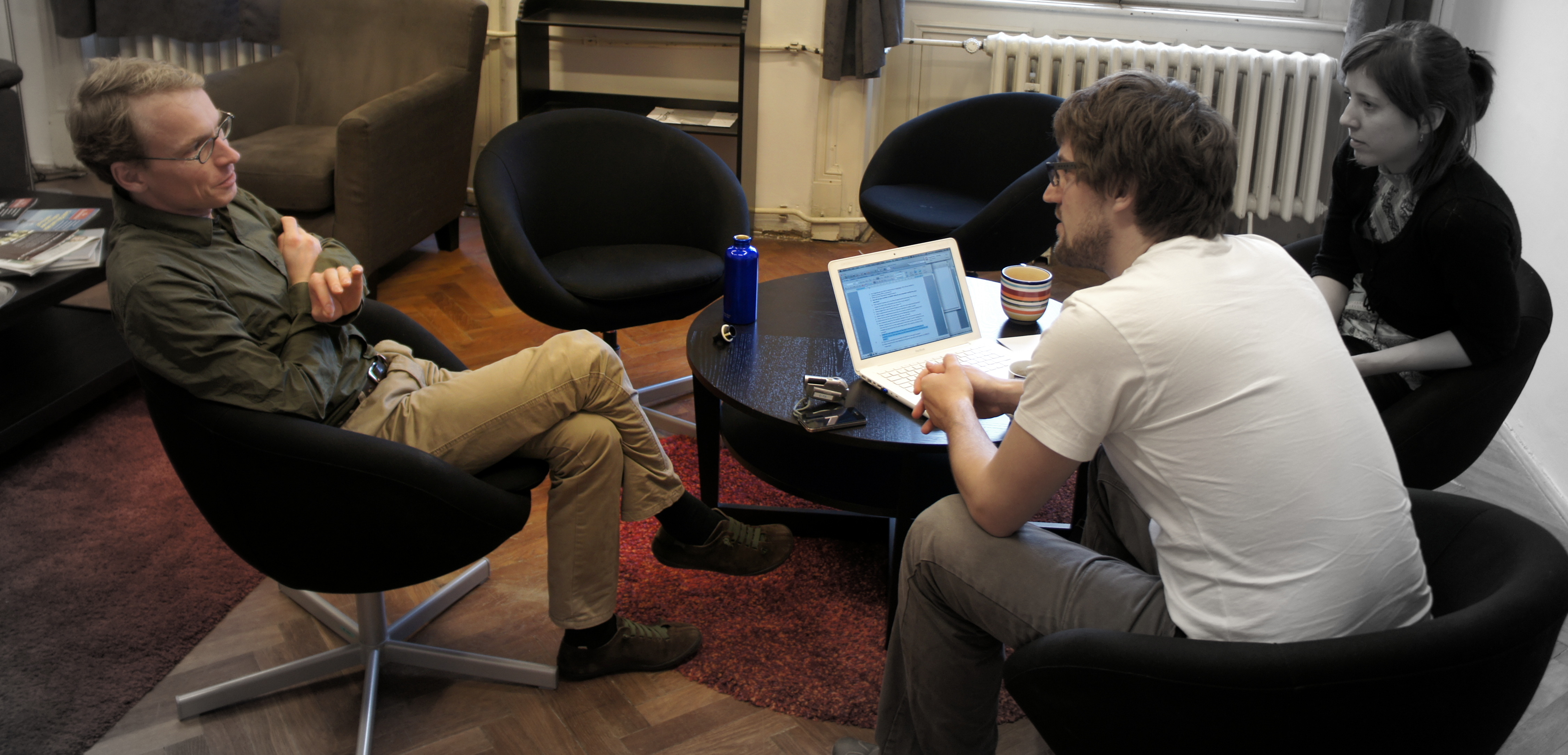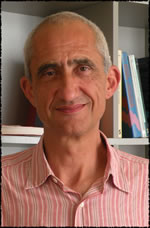Let’s start in your early years. You finished your BA at California State University. How did you come to study economics?
That’s a good question. I originally planned to major in history and I made an appointment with the chairmen of the Department of History to talk about it, but he happened to be out of town. And I never rescheduled. In the meantime I had a friend who said, “I took a really interesting course called Principles of Economics. You might want to take it.’ And so I took it the next semester and I loved it. It was a discipline that had mathematics and business. It had everything. After that I was captivated.
What motivated you to focus on the gender gap?
I took graduate labor economics and I had an interest in racial discrimination. And I knew a lot of people had done work in that field. But I thought that there had not been a lot of work done on gender discrimination—at least not by economists—and I was right.
So I started thinking about how to apply a model by Gary Becker, that he originally intended to be used to look at racial differences in labor market outcomes, and I decided that that could be applied to research on gender.
So after you graduated, it took you two years to publish your most famous papers, and you got famous for this ‘Oaxaca-Blinder decomposition.’ The decomposition has become so famous that there is now even a Stata command. How did you feel that someone had made this ?
I found out from one of my graduate students. He rushed to my office and said ‘There is a Stata command with your name on it!’. So he downloaded it on my computer, and I was amazed. In fact, it really made doing the work easier!
Beyond the gender gap, what are your other research interests? I see you are going towards crime economics?
There is still a story about decompositions in the paper I presented at CERGE-EI, but instead of looking at labor market outcomes between men and women, this paper looks at differences in prison sentences between men and women. It tries to understand how much of the gap we observe can be explained by circumstances such as women committing less serious crimes, and how much of it is unexplained, and thus may be the contribution of judges’ preferences.
So what are the conclusions from this research?
We show that, unlike in the labor market, in prison sentences women are in fact favored. There is an unexplained gap. If we look at the majority group, white males and white females, we find that male prison sentences are on average 20 months longer. When you control for the nature of crimes committed, then we can explain 14 months of that gap. But there are still six months that you cannot explain by anything other than judges having a preference in favor of women.
It is very interesting, and one can conjecture as to why that is the case. Some have said, ‘what if judges believe that women learn their lesson faster than men, so then it would be socially inefficient to put them in prison as long as men?’ There are two problems with that idea: one is that we already control for their past criminal history. If they learn their lesson quicker, they wouldn’t have a criminal history as severe as men, so we already controlled for that. The other problem is that even if we really believe that’s true, there is no way you can implement that as part of the legal system. Because where does that end?

 Why did you choose to become an economist?
Why did you choose to become an economist? 







